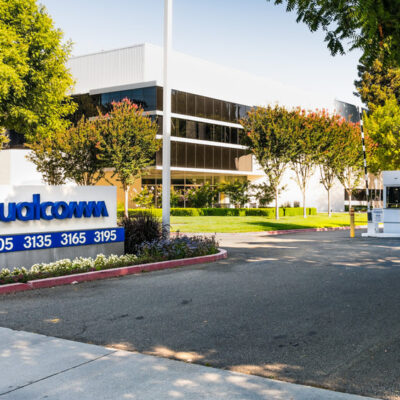Yesterday marked the first day of the new trading month – a tricky day to trade no matter the month. But June 1 was even trickier as the quantitative tightening (QT) program has officially started.
To understand QT, one must go back to QE or quantitative easing. The term was dubbed by Ben Bernanke back in the aftermath of the Great Financial Crisis of 2008-2009.
Are you looking for fast-news, hot-tips and market analysis?
Sign-up for the Invezz newsletter, today.
Because the Fed had already lowered the federal funds rate close to zero and still wanted to ease the policy, it began buying government bonds. At first, timidly, and then more aggressively.
Fast forward to 2022 and many QE programs down the line, including a pandemic, the Fed’s balance sheet is about $9 trillion.
As of yesterday, QT began. It means that the Fed intends to shrink the size of its balance – first, timidly, and then more aggressively.
There is one problem with it – and a controversy. The problem is that stocks kept advancing during all those years when the Fed did QE. Hence, the logic tells us that the opposite should happen during QT.
And here is the controversy. What if the Fed and the US Treasury find a way to circumvent the process? In the end, it is just a matter of how the Treasury will fund the QT payments to the Fed.

How will the US Treasury fund QT payments to the Fed?
Sure enough, the market did not take long to react. It dropped on the first trading day of the month, but maybe it is just a coincidence.
When running QE, the Fed buys bonds from the government. More precisely, the Treasury issues bonds and the Fed pays for them.
In QT times, the process reverses – the Fed sells bonds, and the Treasury buys them. But then there is the issue of passive QT. This refers to the Fed letting some of the bonds it owns mature.
This way, duration is zero, and if the Fed redeems the bonds, Treasury will pay for it with dollars from the Treasury General Account or TGA. If it doesn’t have any, it will issue new bonds and pays with the proceeds.
In short, if the Treasury ends up paying for QT with T-bills and front-end coupons, then the QT program is clearly different than QE. Moreover, passive QT is NOT QE in reverse.
In conclusion, shrinking the balance sheet has all the chances of being a different process than expanding it. But because this is uncharted territory, investors are yet to find out what it means.
As of yesterday, the time is ticking. If stocks hold, then the precedent will exist for other central banks to do the same.
Capital.com
9.3/10
75.26% of retail investor accounts lose money when trading CFDs with this provider. You should consider whether you can afford to take the high risk of losing your money.





